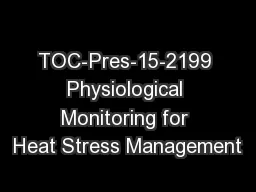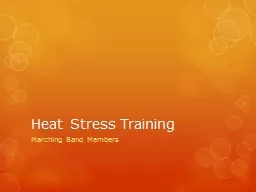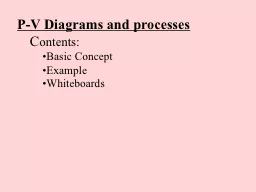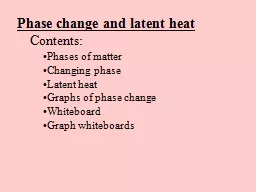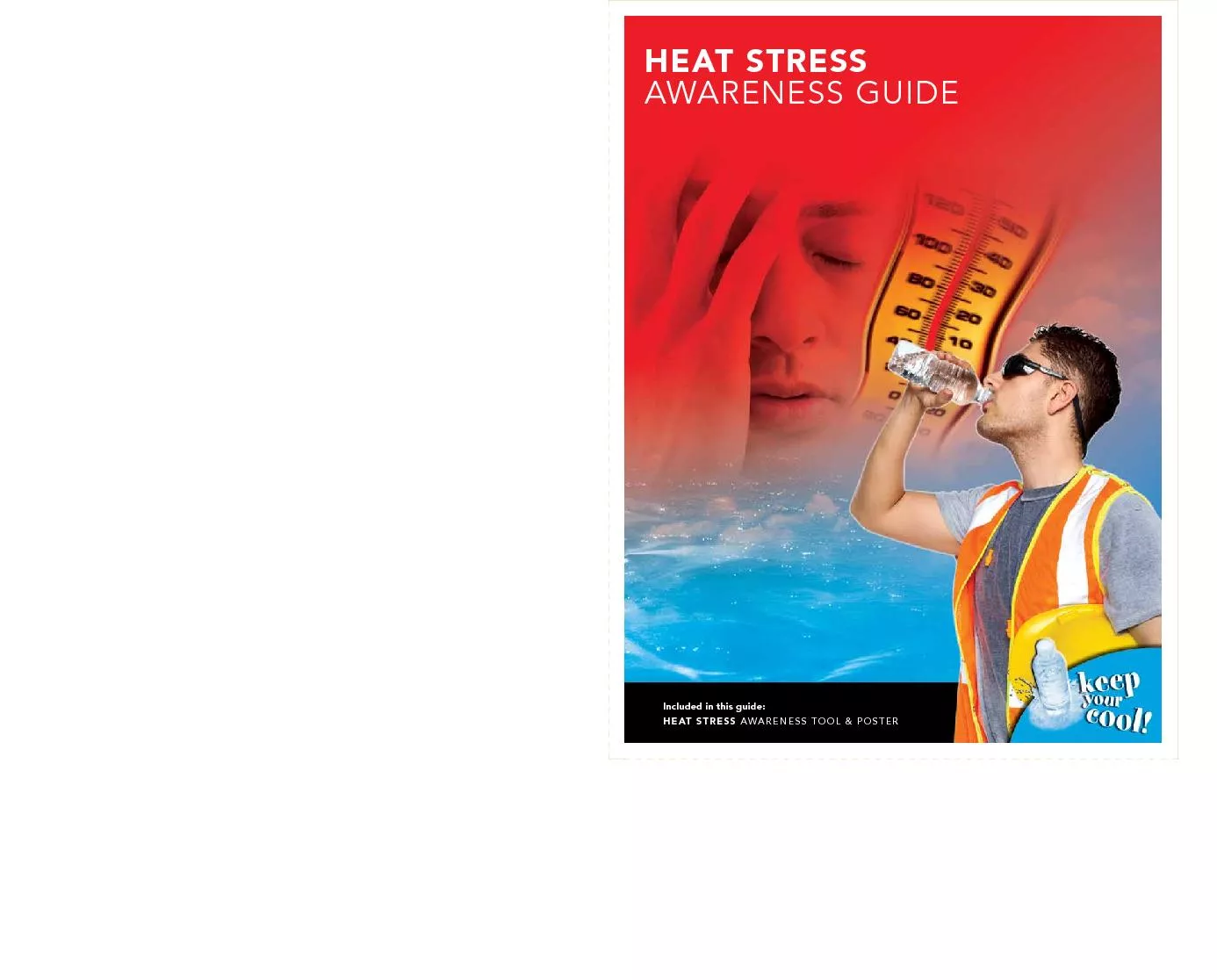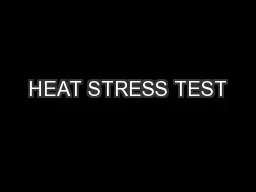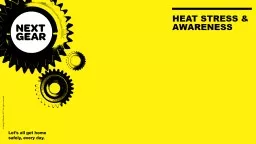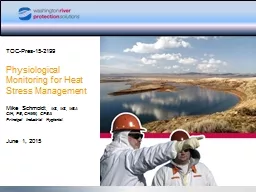PPT-TOC-Pres-15-2199 Physiological Monitoring for Heat Stress Management
Author : luanne-stotts | Published Date : 2018-03-07
Mike Schmoldt MS MS MBA CIH PE CHMM CPEA Principal Industrial Hygienist June 1 2015 Heat Stress Consider men over the age of 40 were found to be 10 times more
Presentation Embed Code
Download Presentation
Download Presentation The PPT/PDF document "TOC-Pres-15-2199 Physiological Monitorin..." is the property of its rightful owner. Permission is granted to download and print the materials on this website for personal, non-commercial use only, and to display it on your personal computer provided you do not modify the materials and that you retain all copyright notices contained in the materials. By downloading content from our website, you accept the terms of this agreement.
TOC-Pres-15-2199 Physiological Monitoring for Heat Stress Management: Transcript
Download Rules Of Document
"TOC-Pres-15-2199 Physiological Monitoring for Heat Stress Management"The content belongs to its owner. You may download and print it for personal use, without modification, and keep all copyright notices. By downloading, you agree to these terms.
Related Documents

